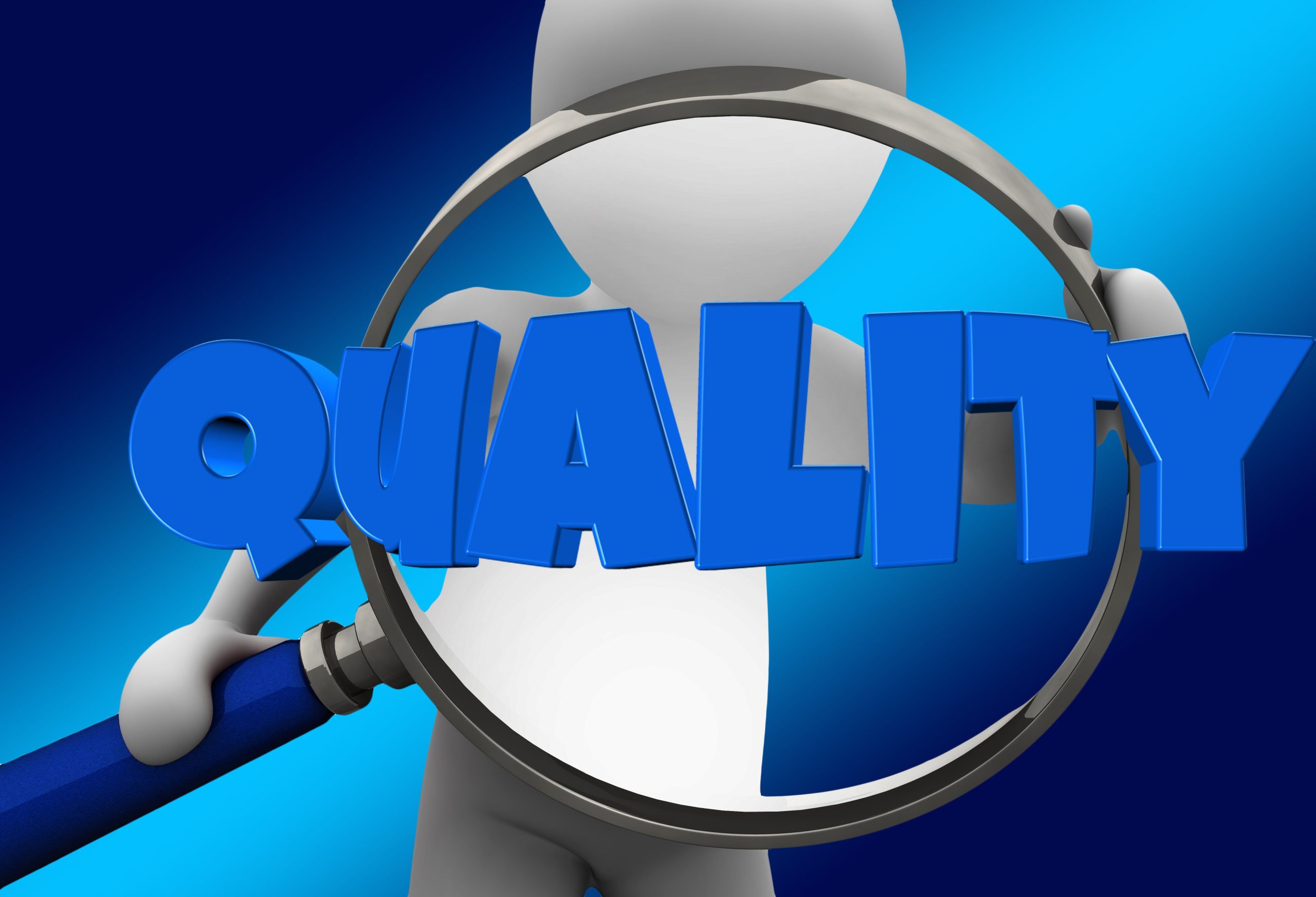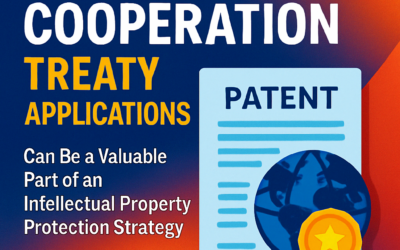Step 1: File a Provisional Patent Application
Filing a provisional patent application as soon as possible is a very important first step, since the United States is a first to file country. If two or more people have the same idea/invention, whoever files their patent application first will own the potential patent rights.
If finances are not an issue, it is always best to file a provisional application first, and then proceed. This secures the earliest date of your invention, and avoids intervening filings and publications from affecting your potential patent rights. Filing a provisional patent application will give you one year to complete steps 2-6, detailed blow.
If finances are more limited, you can avoid filing a provisional patent application. However, if someone were to file an application before you get your non-provisional application in (step 6), then they would own all potential patent rights to your invention.
Step 2: Conduct a Patentability and/or Infringement Search and Obtain Written Opinions.
Conducting searches before filing your non-provisional patent application can help you minimize the risk of paying for an application that’s not patentable, or infringing someone else’s patent rights. Getting a written patentability opinion based on patent search results is the best way to determine whether patent protection is available for your invention. Written clearance opinions based on infringement search results are best for determining whether manufacturing or selling your invention may infringe someone else’s patent rights. Obtaining written patentability opinions typically pay for themselves during the patent process by reducing the number of rejections received by the US Patent and Trademark Office.
Step 3: Refine the Invention.
Having a provisional patent application on file provides you with some additional time to further refine your invention and complete the design of aspects that may not be fully prototyped. If you also conducted legal research (step 2), you now know what other similar inventions are out there, and may wish to refine your invention accordingly. Sometimes these refinements are meant to strengthen your argument for not infringing someone else’s patent. This is yet another way in which conducting patent research can help you save money in the long-run.
Step 4: Prepare a Non-Provisional Patent Application.
After refining your invention in view of the patent search results, it’s time to prepare a non-provisional patent application. There are two types of non-provisional applications: utility patent applications and design patent applications. Utility patent applications protect the core of your idea, how your invention is made, or the structure of your invention. Design patents, on the other hand, protect the look of your invention.
Step 5: Review and Revise the Non-Provisional Patent Application.
Once the attorneys at Garcia-Zamor prepare a draft of your non-provisional patent application, you will have the opportunity to review the application and make suggestions for revisions.
Step 6: File the Non-Provisional Patent Application
When all of the revisions are made and you are happy with your non-provisional patent application, the application will get filed. After filing, there may be some application prosecution. However, going through with all six steps of the Premier Patent Strategy could help minimize the costs of prosecuting your application, and get your patent issued sooner.
Taylor Hallowell is a specialist in intellectual property at Garcia-Zamor Intellectual Property Law, LLC. She is currently pursuing her Juris Doctorate at the University of Maryland Francis King Carey School of Law in Baltimore, Maryland. She received her Bachelor of Arts degree in Biology from Amherst College in Massachusetts. Ms. Hallowell primarily focuses on contracts, discovery, and patents, mainly in the fields of mechanical technologies.







